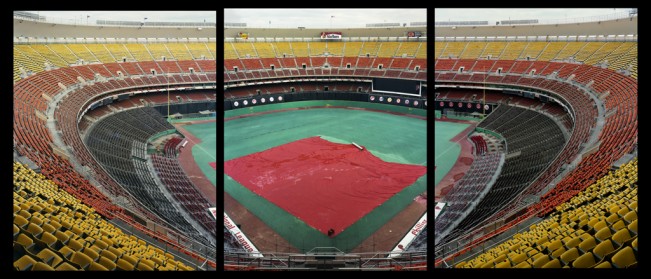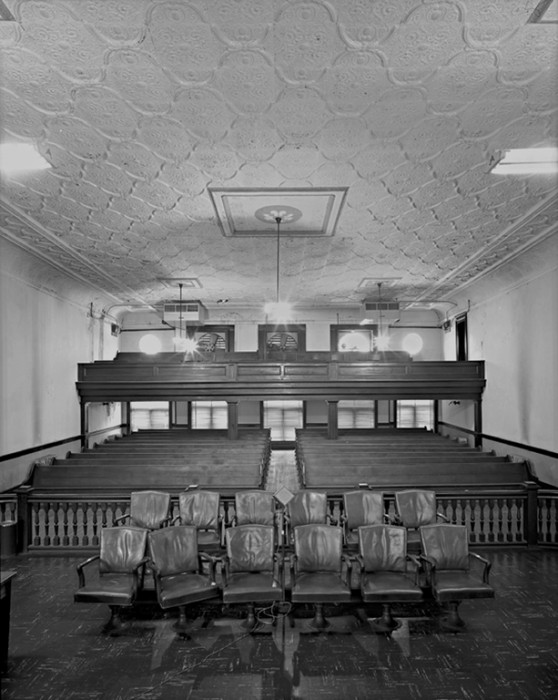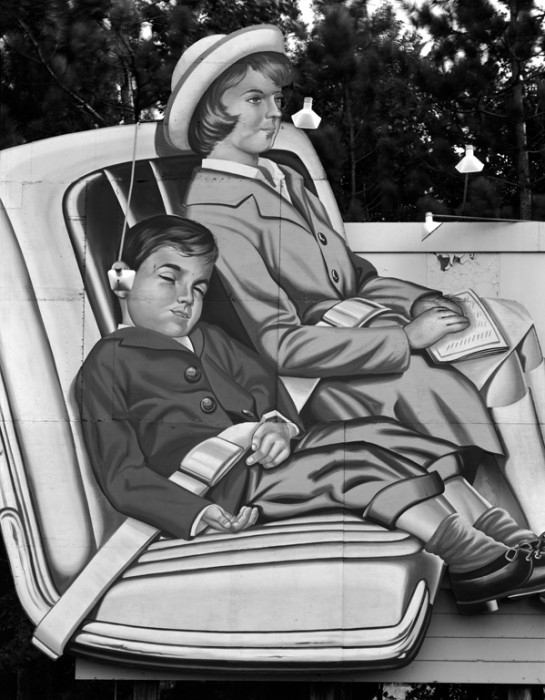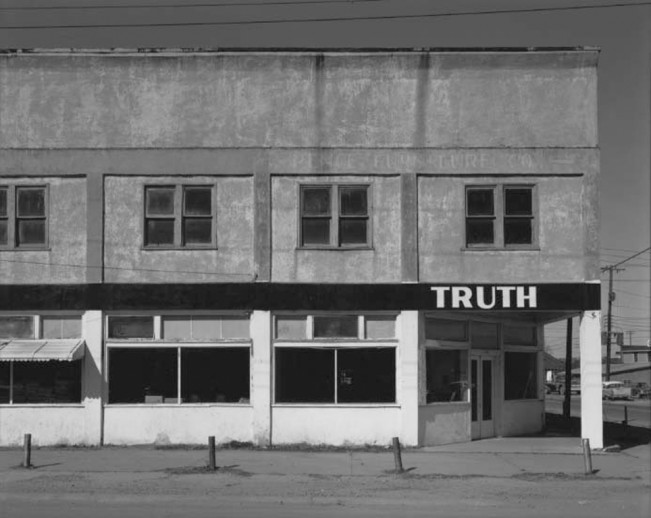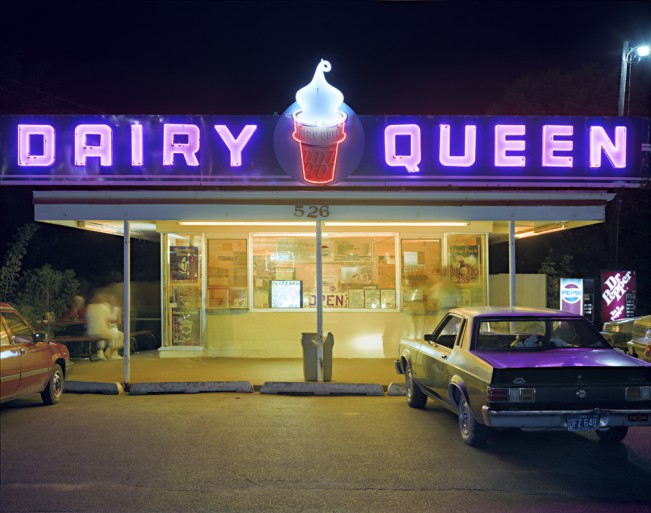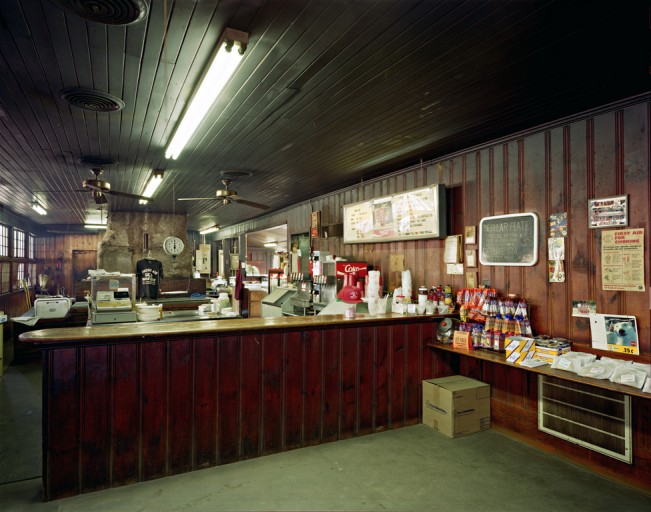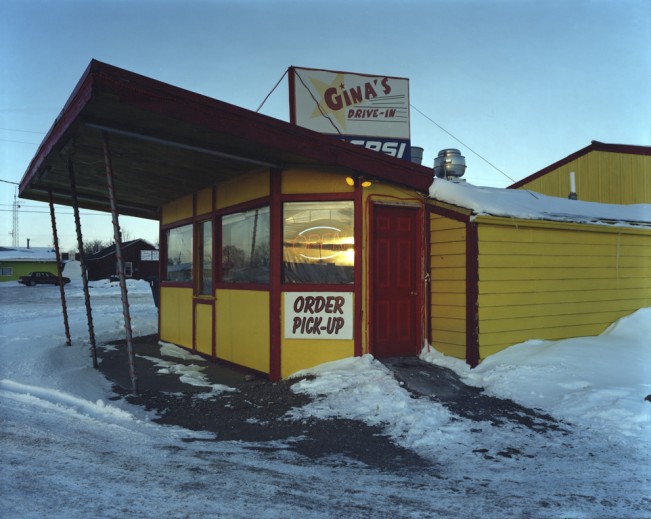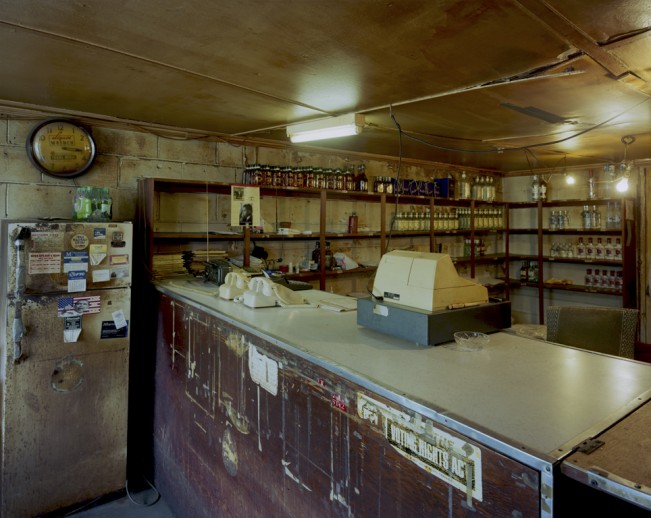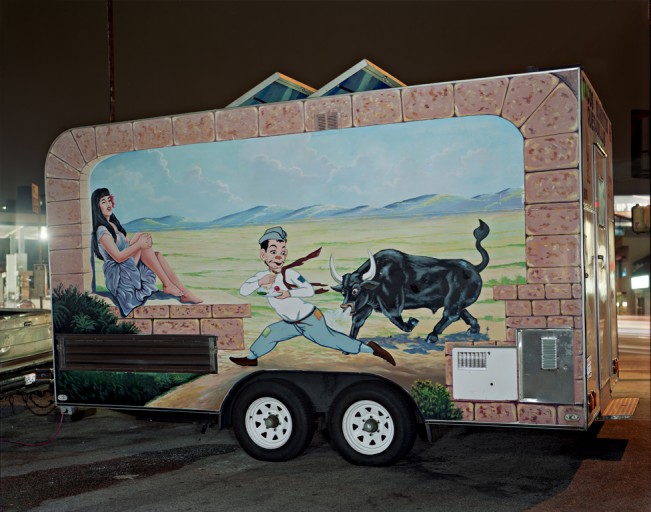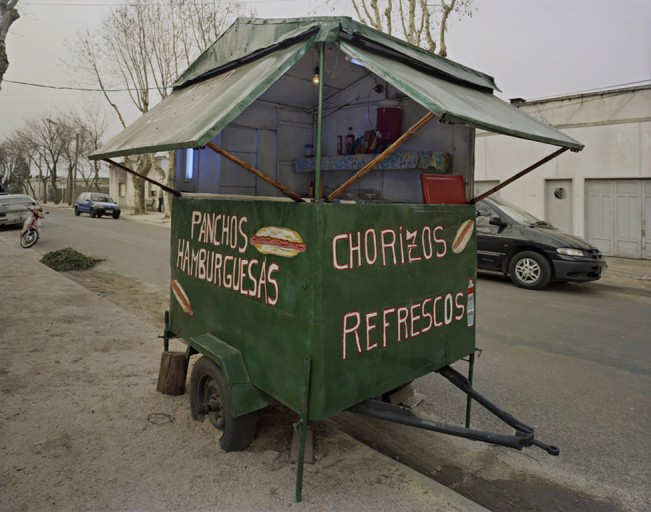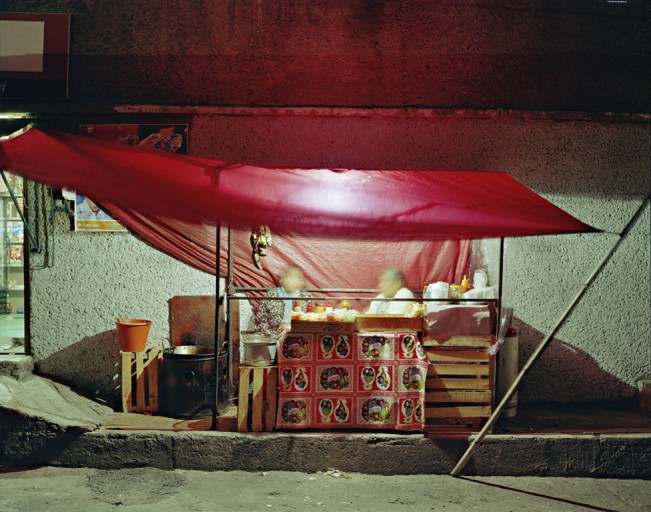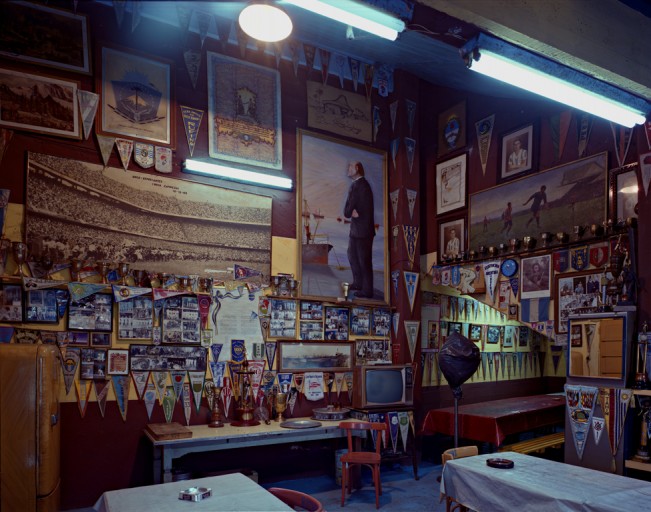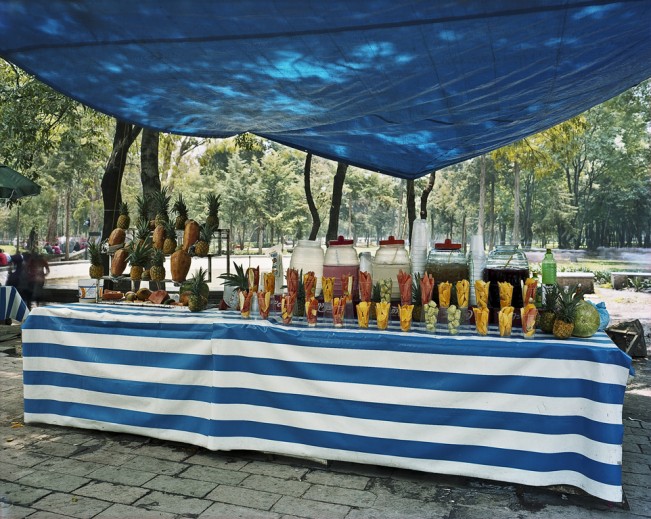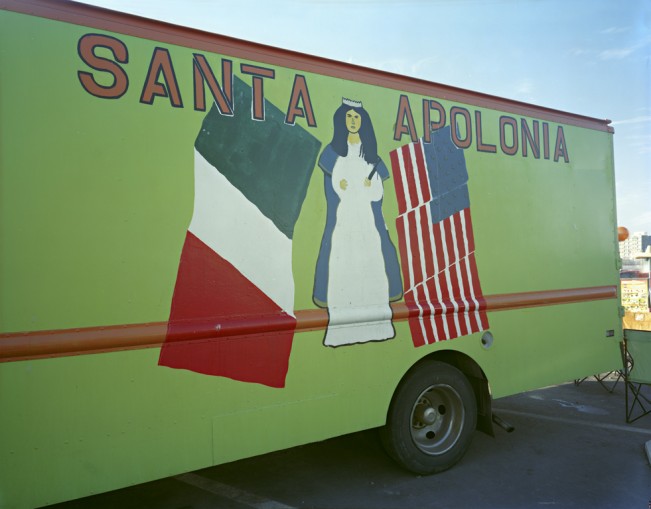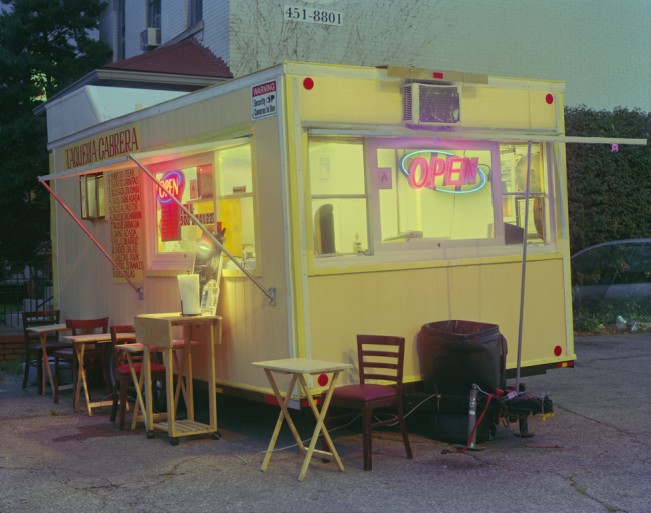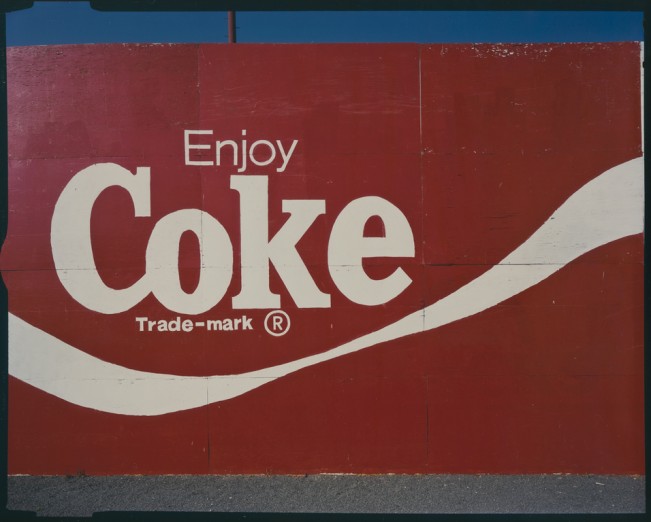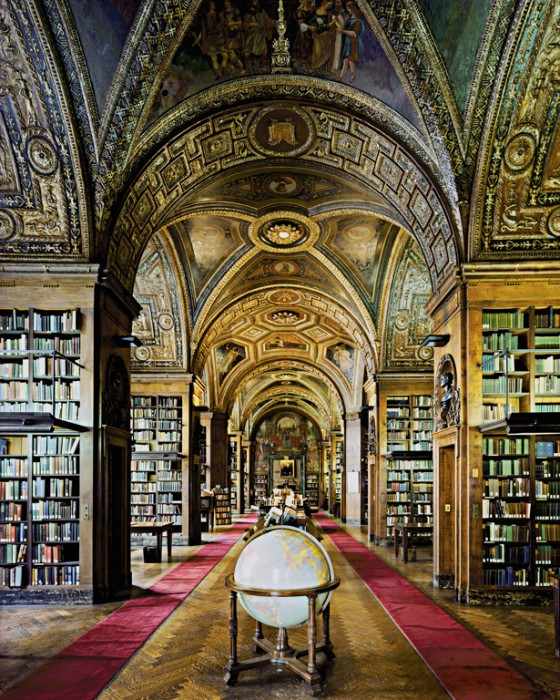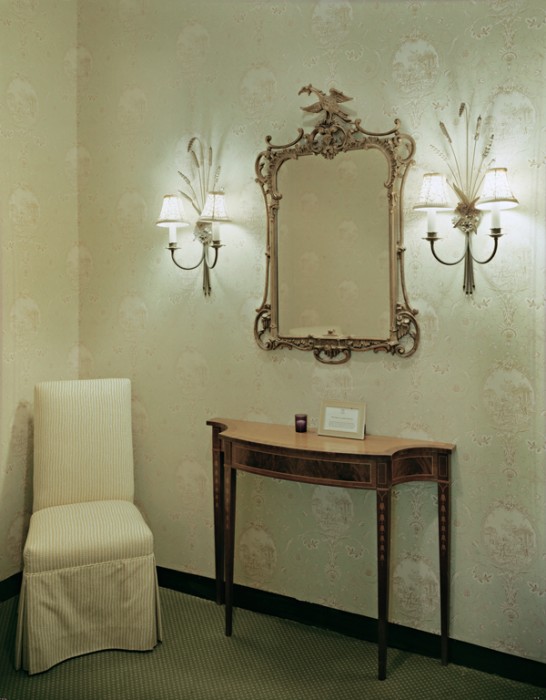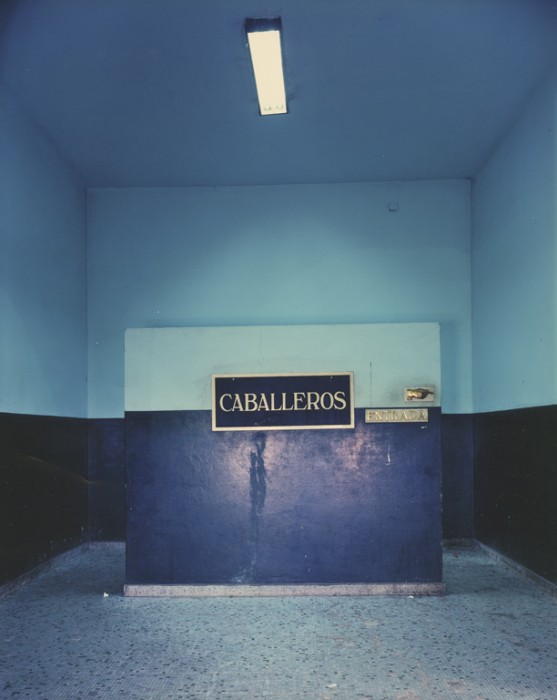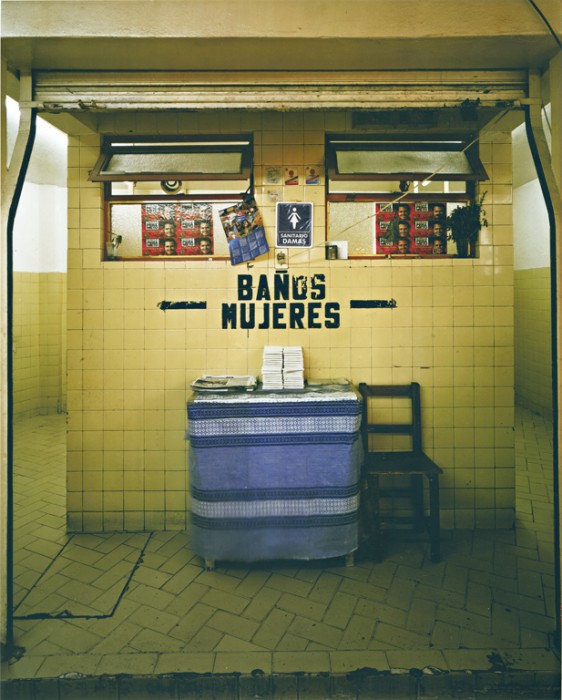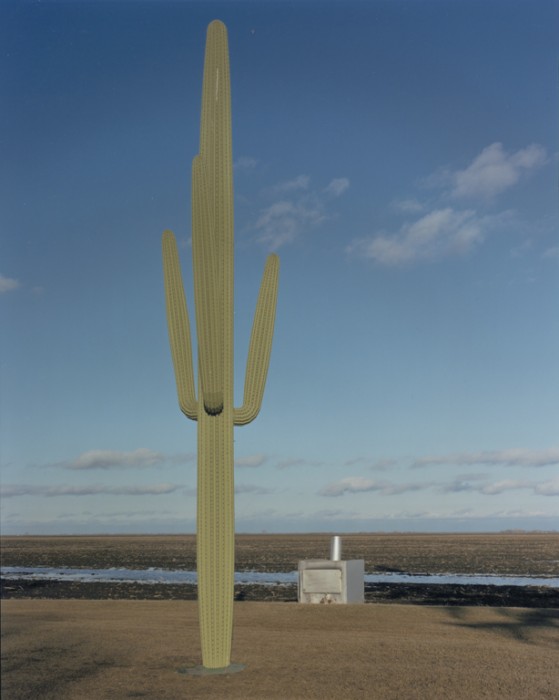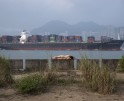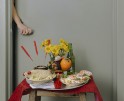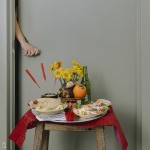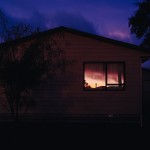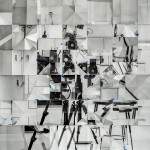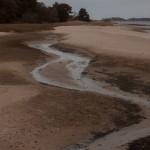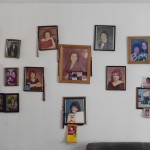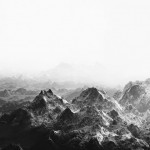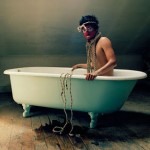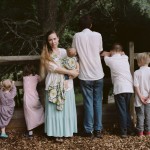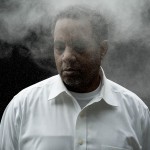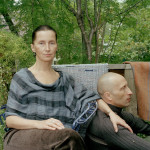Interview with Jim Dow: The Griffin Museum’s Focus Award Recipient for Lifetime Achievement
“What I love about Jim Dow’s pictures is that they’re not kidding.” Ian Frazier, American Studies (2011)
On October 24th and 25th, the Griffin Museum of Photography will host the 2014 Focus Awards, an event that honors members of our community for their significant contributions. This years recipients are Jim Dow, Lifetime Achievement Award, Dr. Rebecca Senf, Rising Star Award, Dr. Elin Spring, Scribe Award, and Larissa Leclair, Spotlight Award. Congratulations to all for their commitment to the photographic journey. Today we celebrate photographer, educator, and mentor, Jim Dow.
Jim Dow is a fixture in photography as a noted photographer, educator and mentor. His credentials are long and prominent. This year, the Griffin Museum of Photography is presenting Jim Dow with the Lifetime Achievement Award 2014 because of his accomplishments as an educator of consequence.
Dow has informed a myriad of students that include Nan Goldin, Philip-Lorca diCorcia, Kathy Kissik, David Hockbaum and Doug and Mike Starn to name just a few. With his RISD roots and his great love of the journey, Dow imparts the notions that he learned from his continuum of photography role models. “Harry Callahan taught us to find all that you care about and care about it very deeply, said Jim Dow. “That is a luxury these days but that is one of the most important things that we can do.” We at the Griffin Museum of Photography would like to acknowledge Jim Dow as an influencer for the medium of photography. – Paula Tognarelli, Executive Director and Curator of The Griffin Museum
Jim was extremely fortunate to study with not just Harry Callahan, but also Walker Evans and Minor White; three of the most outstanding figures in photographic history, and all masters of black and white. His formal approach to his work obviously stems from their teaching, and in some ways, his love of “collecting culture” with his 8 x 10 view camera does as well. Like Evans and to some degree, Minor White, Jim is attracted to aspects of material culture which often speak to a fading history – that of small town America. He doesn’t seek out majestic or sublime subject matter, rather, he simply elevates the everyday. This characteristic of his work aligns him with other photographers working in color in the 1970s and 80s, such as Stephen Shore, William Eggleston, and Joel Sternfeld who were all similarly enchanted with revealing the true textures of the world immediately around us and feeding our popular imaginations. And like his peers, Jim is indelibly part of the tried and true American tradition of hitting the road and traveling extensively to make his work. His wanderlust has led him throughout the country and he has amassed an impressive archive of the American vernacular in the process.– Hannah Sloan, The Rose Gallery
Jim Dow’s interest concentrates on places where people enact their everyday rituals, from the barbershop to the baseball park, has guided the path of his photographic career. Dow is concerned with capturing endangered regional and national traditions–a barbershop with a heavy patina of town life covering the walls, the opulent time capsule of an old private New York club, the densely packed display of smoking pipes in an English tobacconist shop, a bar in Mexico City–all artifacts of a vanishing era.
Born in Boston, MA in 1942 Dow earned a B.F.A. in graphic design and M.F.A. in photography from the Rhode Island School of Design in 1965 and 1968 respectively. Walker Evans’s seminal book American Photographs (1938) was an early influence. Dow recalls the appeal of Evans’s “razor sharp, infinitely detailed, small images of town architecture and people. What stood out was a palpable feeling of loss…pictures that seemingly read like paragraphs, even chapters in one long, complex, rich narrative.” Soon after graduate school Dow had the opportunity to work with Evans. He was hired to print his mentor’s photographs for a 1972 Museum of Modern Art retrospective.
Dow has taught photography at Harvard, Princeton, Tufts University and the School of the Museum of Fine Arts, Boston, and his work has been widely exhibited in galleries and museums throughout the United States as well as Argentina, Canada, Portugal and the United Kingdom.
His work has been supported by the Guggenheim Foundation, the National Endowment for the Arts, The New England Foundation for The Arts, Tufts University and The School of The Museum of Fine Arts as well as numerous private organizations and individuals.
In addition to appearing in numerous publications over the years, he has authored two books, Marking The Land (2007) with the North Dakota Museum of Art and American Studies (2011) with The Center for Documentary Studies at Duke University.
He first gained attention for his panoramic triptychs of baseball and soccer stadiums, a project that began in 1980. Using an 8″ x 10″ camera, he has documented more than three hundred major and minor league baseball parks and soccer grounds in Argentina, Canada, England, Mexico, Portugal, Scotland, the United States and Uruguay.
He continues to work on projects involving barbeque, carritos, drive-ins and drive-thrus of all kinds, private social clubs, roadside signs, tacquerias, taco stands and taco trucks throughout Argentina, Mexico, the United States and Uruguay.
Dow has an insatiable appetite for the vernacular, from french fries to phone booths. But (he) seems always willing to linger a bit longer. He’s never ironic or distant and, as (Janet) Borden points out, “He is patient, often using exposures of 15 minutes. His photographs release their information slowly.” Dow himself suggests, “Perhaps because I grew up without a television, I’m not just watching. I’m looking.”
The Jim Dow Interview
Congratulations on the Lifetime Achievement Focus Award! Why don’t we start at the beginning and have you share what led you to a life of photography?
When I was studying Graphic Design as a very mediocre student at RISD in the mid-1960’s the two courses where I showed any promise in were the required ones in photography, both with Harry Callahan. I don’t know why I did well but I did and I guess it caught because I asked Harry if I could apply to the graduate program that he had just started a couple of years before.
From a practical point of view it was a holding pattern. I had what we would now call an internship working in the publicity office of the University of Rhode Island, where I designed school’s Annual Report in red…so needles to say, I transitioned and while I was in the MFA Program I met Walker Evans by chance and was exposed to his ideas and approach and, again, it took.
Really, the important thing is that most everything happened by chance and serendipity; I met Callahan, Richard Lebowitz, Dieter Roth and Malcom Grear through course requirements, I met Evans because a friend introduced us, Emmet Gowin, Linda Connor and John McWilliams happened to be at RISD when I was there and so on.
I’ve never planned out what I was going to do; pretty much everything has come my way through the help of teachers and friends. Likely, it would be different now but as Janet Borden told my students once, “your job is to make your own peer group, to find those people who you respect and trust and to learn from them and keep learning and they become a support system for life”
That continues for me right up through today and actuarial tables aside, hopefully, will carry on for some time.
As someone who has been at this for awhile, I would love for you to give some insight into living a photographic life.
I couldn’t have achieved much of anything without mentors, including my parents and friends and, most importantly, my family. My wife Jacquie is my partner in everything, including the photography and having that relationship makes it possible to do what I (we) do.
For example, I just did a commission in Wyoming, I was asked to photograph there and produce a group of pictures for a collector. Jacquie scouted, took pictures with an Ipad, we decided together the best time of day, etc. etc. In that case, the working together was very practical, logistical.
Other times it is far more subtle, but the really important thing is the complete honesty, telling me when I’m off track or doing something wrong. Our kids are the same, I sometimes travel with them and they speak their mind as well. In fact, we all speak honestly with one another and that is more important than anything else.
John Tagg says there is no such thing as photography, and I agree with him in the sense that photography is a medium, it becomes what you bring to it and I like to think that for me, photography is about people, interacting with people, all the time, despite there not being people in my pictures.
Any reflections on your legacy of teaching?
I have been very, very lucky in that regard. I’ve always been able to teach what I was interested in, first large format photography, photography history and, for the past two decades, contemporary art.
I have had wonderful colleagues and bosses who let me shift and grow and didn’t hold me to one specialty or direction, allowing me to respond to change and that has been a pleasure.
And, of course, the students, on who I have always labored to stay just a little bit ahead of, so far as I can. It has always been a challenge, in the best sense of the word. They know when you are faking it, so I have tried to let my enthusiasm for the subject carry the day and never, ever pretend I knew something when I didn’t.
I decided that I wasn’t cut out to be a role model a long time ago and now I walk into the classroom and ask them how it feels to be taught by your grandfather?
Seriously, that is the treasure, where else in our culture do people one-third my age (or more) actually sit in a room and exchange ideas? Or, at least I like to think they listen to what I have to say, but of course I’m not really sure that they do.
Right now where I work there is a lot of fretting about learning outcomes, whatever they are. I don’t want to make light of it but I don’t think I have ever thought that I, as a teacher, should determine any outcome for my students. I have to help them find the right outcome for them as individuals in every way possible but I can never get into anyone’s head to tell them what they should know or how they should go about knowing it.
Do you think being an educator has enhanced your personal work or restricted it?
I refer to teaching as my day job, and it is a wonderful one but I never refer to myself as an educator. That is not a role I chose to adopt. In my photography I am very much a one trick pony, I know exactly what I want to photograph and how I want to do it and I take great pleasure from that. In teaching, I am much more of a polymath in my approach, I have to be because of the kind of program we have had. And that is wonderful because it continually draws me out of myself, beyond my own experience. I get to talk about painting, performance and social history, and to be paid for it in the bargain.
So in that regard the job has never gotten in the way, except for the time it has taken but I don’t begrudge that at all. Other than meetings of course, they are and always have been a waste of time. Academic meetings can be described in the way Borges spoke of the Malvinas War with England, two bald men squabbling over a comb.
Tell us about receiving the Guggenheim—did it change things for you?
It is funny about that, and I’ve heard it happen to other people as well. You get that grant for having already done something and, despite making a proposal, sometimes it falls a bit flat, you maybe need to change gears. That certainly happened with me and my being invited to work on the Courthouse project just as the term of the grant ended saved the day. I had sort of run out of ideas of what to do and suddenly I was thrust into a quite different situation, I had to make pictures on demand, of county courthouses! It was the best thing because, again, it forced me to step beyond my own thinking whereas before I had become too selective in what I would take a picture of, I had to break that and to do so, I had to work for someone else, not just myself.
It was a great lesson and I’ve always set myself specific projects, even quotas since then.
That said, the Guggenheim opened a lot of doors for me and I’m very grateful for that.
You have managed to capture America in such a rich and varied way. Is there any part of America that you still want to explore or return to?
I go back all the time. In the past few years I’ve returned to California (north and south), the Carolinas, Louisiana, Kentucky, Virginia, Ohio, Texas, Pennsylvania, Mississippi and Illinois. I am always game for another trip. But I also think of America as Argentina, Mexico and Uruguay (of course other countries as well) as I have been to them many times.
What’s next?
I have a whole body of pictures of some of the great private clubs of New York that I want to turn into a book. I have a huge number of pictures of taco trucks from all over the United States that I want to turn into a book. I want to go back to Argentina, Mexico and Uruguay to do more work on tacquerias and carritos. I have an idea to photograph all the 100 different Sears Kit Houses as they exist today. I’m certain there are other things, I just can’t think of them at the moment.
Is there something we don’t know about you?
I’m a soccer fanatic. I really would like to be a soccer writer and I do blog for a great website but I have too much to do at school to keep up as much as I’d like. I have a collection of about 200 soccer shirts and I did a show of them this past June, along with my photographs of soccer stadiums. I also am, along with my older son, a season ticket holder for the New England Revolution, we’ve been going to games for 19 years.
What does receiving this award mean to you?
It means a great deal. Once again, it came about through other people and that makes it truly meaningful, I didn’t initiate it, Paula just rang me up and I take that to heart.
I describe myself as a middle-class artist, not because I’m middle-class (although I am) but because the space I’ve been lucky to occupy is somewhere between being well-known and obscurity. I have been lucky enough to make an good living, to do what I want more often than not and to be recognized for it. Ian Frazier wrote, “what I like about Jim Dow’s photographs is that he’s not kidding.” By that he meant that the aim and scope of the pictures is direct and without any forced irony. I’d like to think that my the same and if that is what I’m being recognized for, then I’m pleased.
And finally, describe your perfect day
One where there are no meetings, only interactions.
All content on this site cannot be reproduced without linking to Lenscratch and without the permission of the photographer.
Posts on Lenscratch may not be reproduced without the permission of the Lenscratch staff and the photographer.
Recommended
-
The 2024 Lenscratch Student Prize Honorable Mention Winner: Andrew ZouJuly 26th, 2024
-
The 2024 Lenscratch Student Prize Honorable Mention Winner: Anh NguyenJuly 25th, 2024
-
The 2024 Lenscratch 3rd Place Student Prize Winner: Mehrdad MirzaieJuly 24th, 2024
-
The 2024 Lenscratch 2nd Place Student Prize Winner: Ariana GomezJuly 23rd, 2024
-
The 2024 Lenscratch 1st Place Student Prize Winner: Mosfiqur Rahman JohanJuly 22nd, 2024

